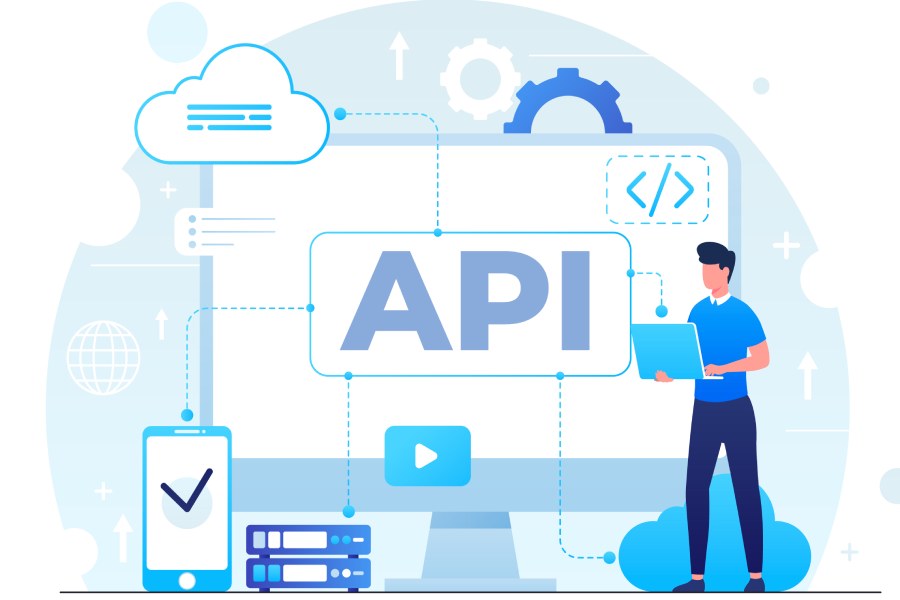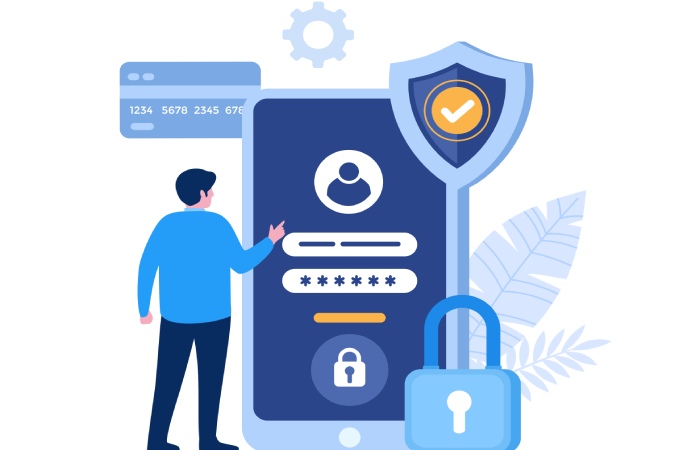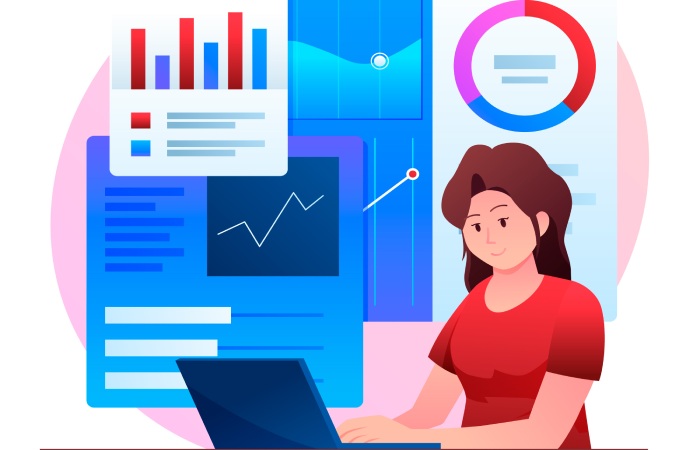The world has become an interconnected ecosystem due to APIs and cloud services. Today, organizations are leveraging physical and virtual services from other organizations instead of having to develop them from scratch.
This creates a connection between users, applications, and devices across the globe. APIs are among the connected services. An API (Applications Programming Interface) can be defined as a computing interface that dictated the communication and sharing of data between applications.
A good example of an API is the Google Maps API. You can build a web application and instead of building map functionality from scratch, you implement the Google Maps API and customize it to match your requirements. This makes APIs important.
However, security is an ongoing concern with the continued use of APIs. Here are a few important security tips for using and working with APIs successfully;
Limit Sharing of Data
One of the best ways of minimizing vulnerabilities with your APIs is through exposure minimization. For a service to work successfully, data is shared between different APIs, users and APIs, and applications and APIs. This might be access data such as JSON code, user data, and tokens, among others.
The level of exposure increases as the data that is transferred through the APIs increases. This is one of the reasons why you need to use mechanisms such as OAuth that are very efficient in solving security threats. Likewise, there are similar plug-and-play auth solutions for Web3.
This security protocol works well when reducing the data that is shared between different platforms. The data is reduced to an authorization key instead of using user credentials.
In case of a vulnerability, an attacker will not be able to get any sensitive information. Always make sure that data shared between users, APIs, and applications is tracked for vulnerabilities.
Understand API Architecture
The API architecture refers to the process of building software interfaces for the sole purpose of exposing an application’s functionality and backend data so that they can be used by other applications.
To use and work with APIs successfully, you need to ensure that you understand all the architecture components of your APIs. This is the only way for you to see any vulnerabilities and issues that might leave your APIs exposed to hackers.
In addition, understanding your API architecture allows you to create applications that are not only reusable but also modular. This is one of the best things about microservices. Knowing your API architecture will keep your APIs secure.
Secure Authorization and Authentication
One of the most important things when it comes to API security is authorization and authentication. When using APIs, you need to understand that the first points of vulnerability with APIs are their access points.
Attackers are constantly looking for flaws that might exist when authorizing or authenticating users. If they get any, they are guaranteed temporary or even permanent access to the APIs. There are different ways you can enforce authorization and authentication with your APIs.
The most basic one is through the use of passwords and usernames. You can also use API keys with unique identifiers for all applications or OAuth when logging in. OAuth is the best option for those who want maximum security with their APIs, although it is only a solution for authorization. If you want to cover authentication, you should check other authentication methods like SAML and review the differences between OAuth vs. SAML.
Do Not Trust Anyone or Anything
For you to use and work with APIs successfully, you need to make sure that you do not trust anyone or anything. It does not matter whether it is a server, device, or even a user – you should not trust them until they are authenticated.
However, you can trust some applications, devices, or users depending on some protocols. For instance, if you have a connection request from a user or a device that has connected to your API before, you can grant them access rights.
Sometimes, you might get connection requests coming from outside. These are the ones you need to be concerned about. With such requests, make sure that you have implemented authentication measures for the connections to verify themselves.
Avoid Using HTTP – Use HTTPS
The HTTP protocol is not safe. This is because of the vulnerabilities it has since it cannot protect data. On the other hand, the HTTPS protocol ensures that all its data is encrypted. It also secures its connections and provides you with the following;
- Integrity: The data that is transferred through your APIs is not tampered with or modified, meaning that you can trust it.
- Confidentiality: All data transferred through your APIs, whether cookies, metadata, or any other, is not only encrypted but also secure all the time.
- Authenticity: All connections made through your APIs are authentic, meaning that they are connected to the right applications or APIs, and not a third party trying to steal data from you.
However, you need to note that API connections are done through HTTP. The connections require TLS (Transport Layer Security) or SSL (Secure Sockets Layer) to encrypt and ensure that all data is secured.
Use Data Logging
Data logging is an important feature when it comes to using and working with APIs successfully. Logs play an important role when finding solutions to issues that might affect the performance of your APIs.
When implementing the use of data logs, ensure that you have set retention periods. This provides you with historical data that can be used to find any breaches that might have occurred before. It also helps to ensure that you have enough storage space on your server.
Data logs also help when manually monitoring and inspecting issues with your APIs. They provide information that you can use to improve the security of your APIs.
Employ the Principle of “Least Privilege”
The principle of least privilege in technology security refers to the process of allowing applications and users to only access operations and data that they need for their functions or operations.
There are different ways organizations can implement this principle. Some of them include;
- Revoking all the privileges that applications and users have yet they are accessing unnecessary operations and data.
- Performing access audits regularly to ensure that you understand how API calls are made and whether the calls access unwanted operations and data.
- Always observing this principle when building or working with APIs.
If you limit access to the required operations and/or data, the surface for an attack is reduced. This is important in ensuring that your APIs are secure, something that is needed for their success.
API security is one of the most important things when using and working with APIs. Following the tips discussed above, you will find it easy to ensure that your APIs work well and meet their expectations.


